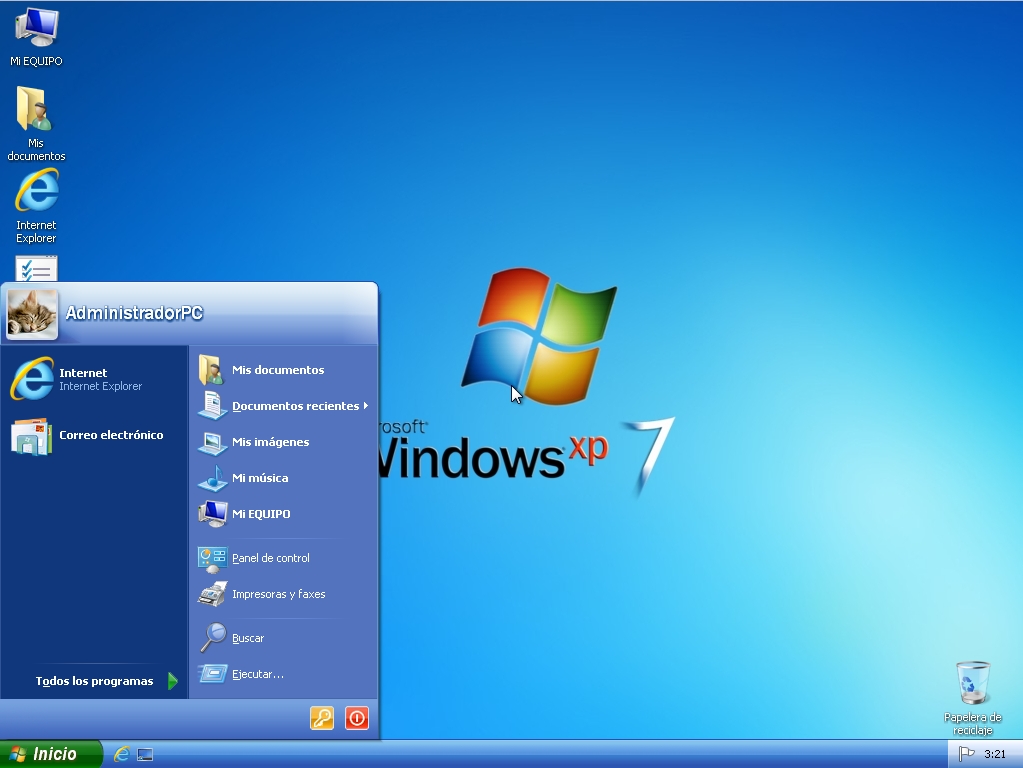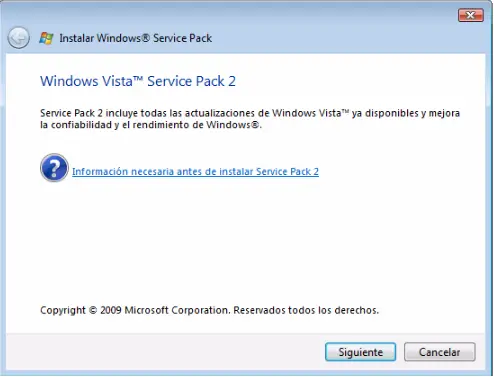
If you have a 64-bit version of Windows, you’ll need to download the 64-bit Service Pack.

There are a number of reasons for this, and this article aims to help you determine whether you need it. Was There a Windows 7 Service Pack 2?ĭid you know that there was a Windows 7 Service Pack 2? The update was released in 2011 but some users still aren’t using it. You’ll find the 64-bit option under the System header. Otherwise, you can find out if you have Service Pack 1 by right-clicking the “Computer” folder in the Start menu and then choosing Properties. If you are running 64-bit Windows 7, you will need to install the service pack. Type “winver” into the Start menu search box, and you’ll see whether or not your system has Service Pack 1. Otherwise, you’ll need to run the following two commands: When installing Service Pack 1, you’ll need to make sure that Windows Update is working. It contains performance and security improvements. If you are running Windows 7, Service Pack 1 is the preferred version. If your system is incompatible with Service Pack 2, you can still install the previous version. To find out which version you have, follow these steps: The second method involves manually installing Service Pack 1. This will reveal whether you have the 64-bit or 32-bit version of the operating system. There are two ways to determine if you have Service Pack 1 or 2, the first being to use the System Information utility to look up the type of physical memory installed on your computer. How Do I Know If I Have Windows 7 SP1 Or SP2?

Microsoft also plans to support injecting the rollup into Windows 7 system images and install media. The updates are required to use Windows 7, but both will report if they are already installed. What is the difference between Windows 7 Service Packs 1 and 2? Basically, service packs are updates for Windows 7 that make the operating system more secure and reliable.


 0 kommentar(er)
0 kommentar(er)
